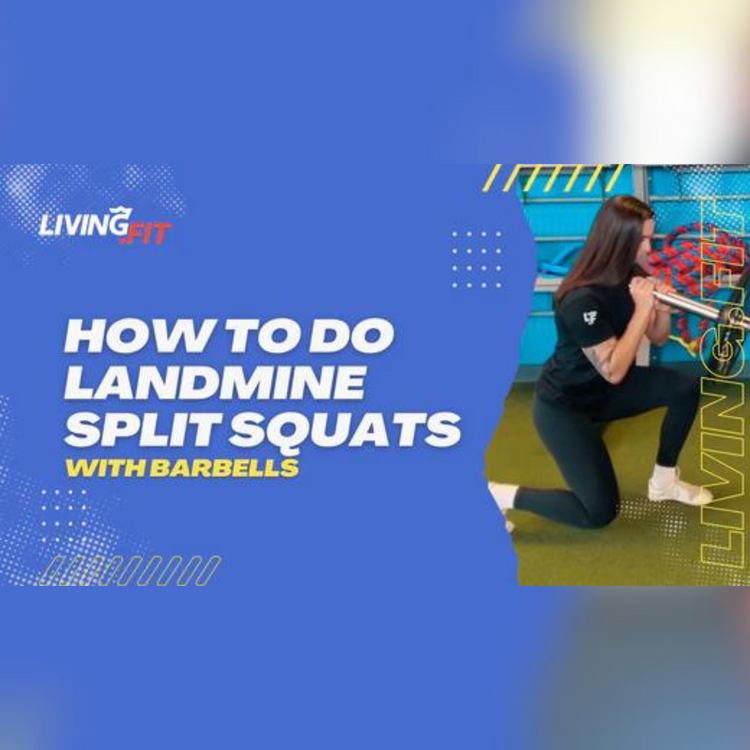Master the Landmine Split Squat: Step-by-Step

⏱️ Estimated Read Time: 6 minutes
🧠 TL;DR
- Master the Landmine Split Squat: Step-by-Step offers effective, accessible movements for targeted results.
- This guide is designed to help you move smarter, build strength, and stay consistent.
✍️ Summary
This post explores master the landmine split squat: step-by-step in a way that’s actionable and easy to follow. Whether you're new to this style of training or leveling up, it includes practical takeaways for your routine.
📚 Table of Contents
How to Do Landmine Split Squats | Movement Breakdown
Split squats, also known as stationary lunges, are a unilateral lower body exercise that primarily target the muscles of the lower body, including the quadriceps, hamstrings, glutes, and calves. They also engage the core muscles for stability.
How to Do Landmine Split Squats
To perform landmine split squats, you typically start in a split stance with one foot forward and the other foot positioned behind you. Keep your chest up, shoulders back, and engage your core. Lower your body by bending your front knee and lowering your back knee towards the ground. Make sure your front knee does not extend beyond your toes. Push through your front foot and return to the starting position. Repeat the movement for the desired number of repetitions before switching legs.
If you are looking for an alternative to landmine split squats, you can try landmine lunges or landmine Bulgarian split squats. Lunges are similar to split squats but involve moving forward or backward. Bulgarian split squats, on the other hand, require elevating the back foot on a bench or platform, which increases the range of motion and intensity.
A landmine is a versatile piece of equipment used in strength training that consists of a metal sleeve attached to one end of a barbell. The other end of the barbell is secured, allowing for various exercises to be performed with a rotational or pressing movement. To set up a landmine, insert one end of the barbell into the sleeve and secure it using weight plates or a landmine attachment. Make sure the landmine is stable and won't move during the exercise.
Primary Benefits of Landmine Split Squats
- Leg strength and muscle development: Landmine split squats target the quadriceps, hamstrings, glutes, and calves, helping to increase leg strength and muscle size.
- Balance and stability: Since landmine split squats are performed unilaterally, they challenge your balance and stability, which can improve overall coordination and reduce muscle imbalances.
- Core engagement: Landmine split squats require core stabilization to maintain balance as you have 80% of your weight on one leg. Leading to improved core strength and stability.
- Joint-friendly: Landmine split squats are a low-impact exercise that puts less stress on the joints compared to traditional squats or lunges due to the lower amounts of weight needed to hit the same intensity.
Helpful Resources:
Want more guidance? Check out our Weekly Dumbbell Workout #1.
📝 FAQs
How often should I do these exercises? +
2–3 times per week is a good starting point for most people.
Do I need equipment? +
Many of these can be done with just your bodyweight or a single kettlebell or dumbbell.
Can beginners do these routines? +
Yes! These movements are designed to scale with your fitness level.










